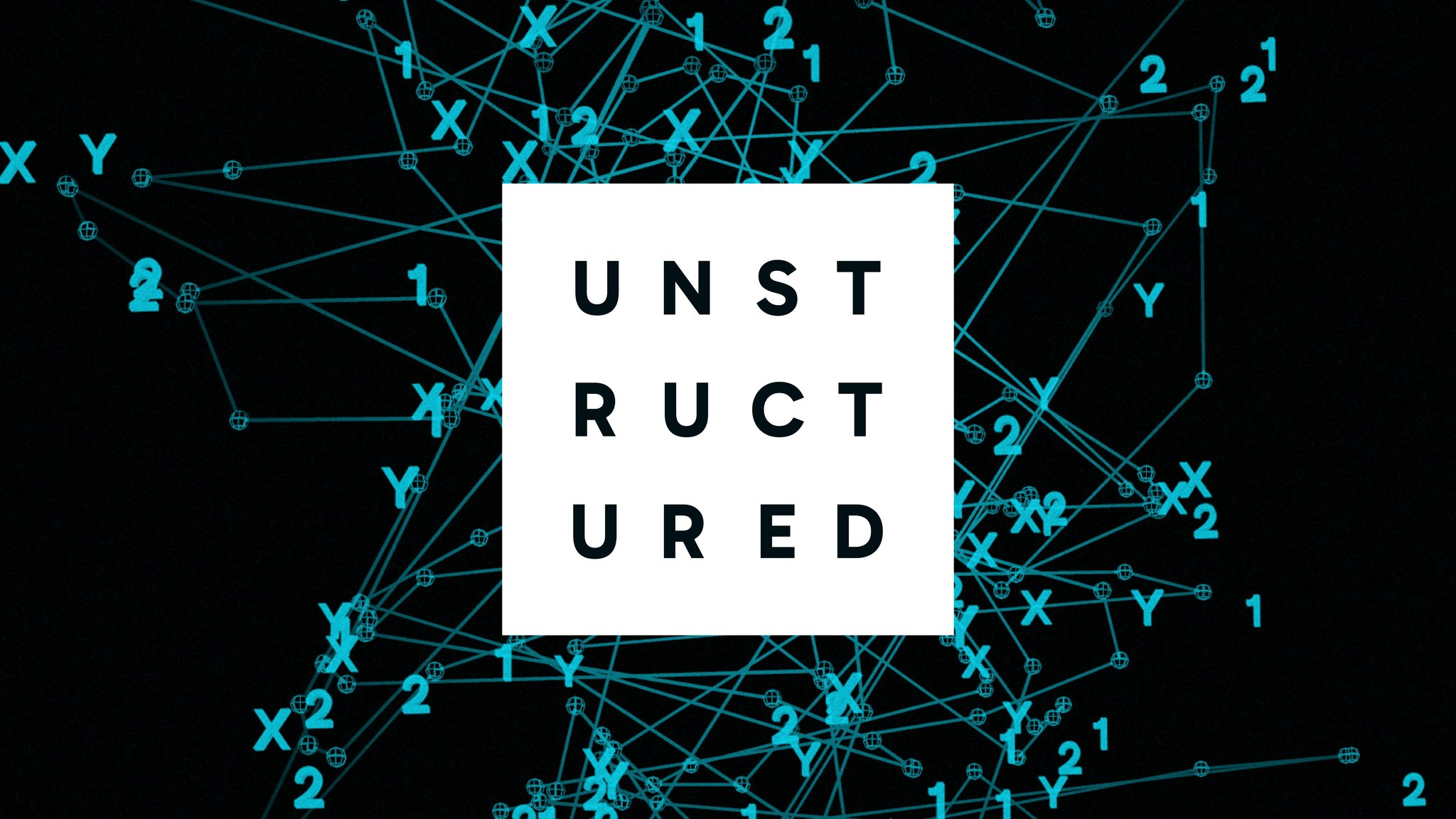
Authors

Vector and Graph Databases: Powering Modern AI Applications
Vector databases and graph databases are specialized data management systems designed for different types of complex data. Vector databases excel at storing and querying high-dimensional vector embeddings, while graph databases focus on representing and analyzing relationships between entities.
Vector Databases
Vector databases store and query vector embeddings derived from unstructured data like text, images, and audio. They use distance metrics such as cosine similarity or Euclidean distance to measure vector similarity. Modern vector databases employ advanced indexing techniques to handle high-dimensional vectors efficiently, enabling fast similarity searches even in large datasets.
Vector databases are crucial for:- Recommendation systems- Content search engines- Anomaly detection
Graph Databases
Graph databases represent data as nodes (entities) and edges (relationships). They use specialized query languages and optimized algorithms to navigate and query relationships between nodes efficiently. Graph databases are well-suited for:- Social network analysis- Fraud detection- Knowledge representation
Role in Generative AI and RAG Systems
Vector databases play a key role in powering generative AI applications, particularly Retrieval-Augmented Generation (RAG) systems. In a typical RAG workflow:
- A preprocessing pipeline extracts text and metadata from unstructured documents, cleans the data, and chunks the data into segments for embedding generation.
- The processed chunks are converted into vector embeddings and stored in a vector database.
- When a query is made, the vector database performs a similarity search to retrieve relevant chunks.
- These chunks are passed to a generative model, which uses them as context to generate a response.
Platforms like Unstructured.io process unstructured data into structured formats suitable for embedding generation, facilitating integration with vector databases in RAG systems.
As generative AI advances, vector databases will continue to be essential for efficient data retrieval and context provision in AI applications. While graph databases are valuable for understanding relationships in data, they are not typically integrated into RAG workflows.
Key Differences: Data Representation and Querying
Vector databases and graph databases differ in data representation and querying methods. These differences stem from their data models and the relationships they capture and analyze.
Vector Databases: Similarity Search and Distance Metrics
Vector databases excel at finding semantically similar data points. They represent data as high-dimensional vectors in a continuous space, where similar data points are close to each other.
Querying in vector databases uses mathematical distance metrics like cosine similarity or Euclidean distance. When a query vector is provided, the database calculates its distance to other vectors and returns the closest matches.
Vector databases handle unstructured data by preprocessing it through a pipeline. This process converts text, images, or audio into vector embeddings, enabling fast and scalable similarity searches. Platforms like Unstructured.io assist in this preprocessing by extracting text and metadata from unstructured documents, performing data curation, and converting it into vector embeddings for storage in vector databases used in RAG systems.
Graph Databases: Complex Relationships and Traversal
Graph databases are optimized for exploring connections between entities. They represent data as a network of nodes (entities) and edges (relationships), allowing efficient traversal of complex relationships.
Querying in graph databases uses graph traversal algorithms like breadth-first search or depth-first search. These algorithms navigate the network of connections to uncover patterns or insights.
Graph databases provide a structured representation of complex domains by explicitly modeling entities and their relationships. This structure enables complex queries and analyses that reflect real-world interconnected data, enhancing the ability to reason about intricate relationships.
Choosing Between Vector and Graph Databases
The choice between vector and graph databases depends on the application's requirements. Vector databases excel in handling semantic similarity searches, making them suitable for recommendation systems, natural language processing, and image retrieval. Graph databases are better for applications that analyze complex relationships, such as social network analysis or fraud detection, due to their ability to efficiently handle and query highly interconnected data.
Advantages of Vector Databases for Generative AI
Vector databases store and index high-dimensional vector embeddings generated from data. They are crucial for applications like content generation, recommendation systems, and semantic search in generative AI.
Efficient Storage of Embeddings from Unstructured Data
Vector databases efficiently store and retrieve embeddings generated from unstructured data. Embedding models transform unstructured data into fixed-length numerical representations that capture essential features and semantics. This process enables:
- Fixed-length representation: Embeddings provide consistent numerical representations, facilitating efficient processing and similarity comparisons.
- Semantic preservation: Embeddings maintain semantic relationships within the data, allowing for meaningful comparisons.
- Integration with AI models: Embeddings can be directly used in machine learning pipelines.
Unstructured.io offers tools for data preprocessing and partitioning. These tools extract relevant information from unstructured documents, prepare data for embedding generation, and ensure compatibility with vector databases.
Fast and Scalable Similarity Searches
Vector databases excel at fast and scalable similarity searches, critical for Retrieval-Augmented Generation (RAG) systems. They achieve this through:
- Indexing: Advanced techniques like approximate nearest neighbor algorithms organize embeddings for rapid searches.
- Scalability: Horizontal scaling across multiple nodes maintains performance as data volume grows.
- Similarity metrics: Support for various metrics enables retrieval of the most similar vectors to a given query.
Vector databases allow RAG systems to quickly find relevant information from large datasets. By efficiently indexing and searching embeddings, they help locate and utilize the most pertinent information, improving the accuracy of AI-generated content.
Integration with Machine Learning Pipelines
Vector databases integrate seamlessly with machine learning models and pipelines. This integration facilitates:
- Efficient retrieval: Models can quickly access and use embeddings during inference, enhancing output speed and relevance.
- Real-time inference: Vector databases serve as real-time data sources for generating responses or recommendations.
- Flexibility: Different models can use the same embeddings, enabling rapid iteration and optimization.
Unstructured.io further enhances this integration by extracting text and metadata from various file types and chunks content for embedding generation and storage.
By combining vector databases with preprocessing tools, organizations can effectively process and utilize their unstructured data assets, driving innovation in intelligent applications.
Benefits of Vector Databases in RAG Architectures
Vector databases are essential in Retrieval-Augmented Generation (RAG) architectures. They store and manage high-dimensional vectors that represent the semantic content of documents, enabling efficient similarity searches.
Efficient Storage and Retrieval of Semantic Representations
Vector databases in RAG architectures excel at handling embeddings:
- Optimized for high-dimensional data: They store document embeddings as vectors, preserving semantic relationships.
- Fast similarity search: Specialized indexing techniques allow quick retrieval of relevant documents.
- Scalability: Vector databases can manage large collections of embeddings efficiently.
Similarity-Based Querying
Vector databases support complex similarity queries:
- Nearest neighbor search: They find the most similar documents to a given query embedding.
- Cosine similarity: This measure helps identify semantically related content.
- Flexible querying: Databases often allow for combining multiple vectors or adding filters.
Explainability through Source Document Retrieval
RAG systems provide transparency by retrieving source documents:
- Context provision: Retrieved documents offer background for generated responses.
- Verification: Users can check the origin of information used in outputs.
- Trust building: Showing sources increases confidence in the system's responses.
Vector databases, when used with preprocessing tools like Unstructured.io, allow organizations to use their unstructured data in RAG systems. Unstructured.io extracts key information from various document types, preparing it for embedding and storage in vector databases.
The combination of vector databases and RAG architectures enables AI applications to access and utilize large amounts of information effectively. This approach improves the quality and reliability of AI-generated content by grounding it in retrieved, relevant information.
Choosing the Right Database for Your RAG System
Selecting the appropriate database is crucial when building a Retrieval-Augmented Generation (RAG) system. The decision between a vector database and a graph database depends on data characteristics, query requirements, and scalability needs.
Data Characteristics
- Unstructured data: If your RAG system handles unstructured data like text, images, or audio that can be transformed into vector embeddings through a processing pipeline, a vector database is typically the better choice. Platforms like Unstructured.io offer processing pipelines to convert unstructured data into vector embeddings, preparing it for storage in vector databases and integration with Large Language Models (LLMs).
- Relationship-focused data: For data centered on entity relationships, a graph database may be more suitable. Graph databases efficiently represent and analyze complex relationships, making them useful for applications such as social network analysis and knowledge representation.
Query Requirements
- Similarity searches: Vector databases excel at finding semantically similar data points using distance metrics like cosine similarity or Euclidean distance.
- Complex graph traversals: Graph databases use specialized query languages and algorithms to efficiently navigate and analyze relationships between nodes.
Scalability and Integration
- Scalability: Vector databases handle large-scale similarity searches and scale horizontally to maintain performance. Graph databases can scale, but with very large and complex graphs, they may encounter performance issues due to the computational intensity of traversing extensive relationships.
- Integration with ML workflows: Vector databases integrate seamlessly with embedding models and serve as real-time data sources for inference. Graph databases may require additional steps, such as generating graph embeddings or applying feature extraction techniques, to convert relational data into numerical formats suitable for machine learning models.
RAG systems predominantly rely on vector databases due to their efficiency in handling vector embeddings for similarity search, a core component of RAG. However, the final choice between a vector database and a graph database depends on your specific use case and requirements. Consider your data type, query needs, and scalability requirements to select the database that best supports your RAG system's performance and capabilities.
Enhancing RAG with Vector Database Integration
Retrieval-Augmented Generation (RAG) systems have improved how businesses use unstructured data for generative AI applications. RAG architectures primarily rely on vector databases to achieve optimal performance and enable context-aware AI solutions for specific domains.
Vector databases store and query high-dimensional vector embeddings, making them suitable for efficient retrieval of semantically similar data points. Platforms like Unstructured.io process unstructured data into a structured format, facilitating integration with vector databases for RAG systems.
Vector Databases in RAG Workflows
In a typical RAG workflow, a preprocessing pipeline extracts information from unstructured documents, curates the data, and chunks it for embedding generation. Vector databases then store these embeddings and enable fast similarity searches:
- Vector databases handle high-dimensional data efficiently
- Advanced indexing techniques, like approximate nearest neighbor algorithms, organize embeddings for rapid retrieval
- Horizontal scaling across multiple nodes maintains performance as data volume increases
Contextual Understanding in RAG
RAG systems achieve contextual understanding through the combination of retrieved documents and the language model's processing capabilities:
- The vector database retrieves relevant documents based on query similarity
- The language model processes the retrieved documents alongside the user query
- This combination allows the model to understand relationships and context without requiring additional database types
Applications of RAG Systems
RAG architectures enable businesses to develop context-aware generative AI applications tailored to specific domains. For example, a customer support chatbot using RAG can:
- Retrieve relevant information from a large repository of unstructured data
- Process the retrieved information alongside customer inquiries
- Provide accurate and personalized responses based on the combined context
This approach improves customer satisfaction and reduces support costs by leveraging existing knowledge bases effectively.
As businesses explore generative AI, RAG systems with vector databases will continue to play a crucial role in utilizing unstructured data. By focusing on efficient retrieval and effective preprocessing, organizations can build AI solutions that are both performant and contextually aware, meeting their specific needs without unnecessary complexity.
Real-World Applications and Use Cases
Vector databases and graph databases have applications across various domains, helping businesses extract insights and deliver personalized experiences.
Personalizing Customer Experiences and Support
Vector databases excel at similarity-based retrieval. By storing product and content data as high-dimensional vectors, businesses can quickly retrieve relevant information based on user queries. This enables:
- Personalized product recommendations: Vector databases find products similar to a customer's preferences.
- Improved customer support: Knowledge base articles stored as vector embeddings allow support agents to retrieve information based on similarity to customer inquiries.
- Targeted marketing campaigns: Businesses can identify customers with similar interests for specific marketing efforts.
Platforms like Unstructured.io preprocess unstructured customer data, generating embeddings suitable for vector databases.
Enhancing Knowledge Management
Graph databases connect disparate data sources, creating a unified view of knowledge assets. They can:
- Integrate data from multiple sources: Connect information from CRM, ERP, and content management platforms.
- Facilitate knowledge discovery: Uncover hidden connections by traversing relationships between entities.
- Enable efficient querying: Use specialized query languages like Cypher or Gremlin to navigate complex relationships.
Unstructured.io can extract entities and relationships from unstructured data, facilitating graph database population.
Powering Recommendation Systems
Vector and graph databases power recommendation systems differently:
- Vector databases: Represent item features as vectors to find similar items based on content similarity, aligning with user preferences derived from interactions.
- Graph databases: Model user-item interactions as a bipartite graph, capturing indirect relationships and similarities between users and items.
The choice between vector and graph databases depends on specific requirements. Use vector databases for content similarity focus and graph databases when leveraging user interaction patterns is crucial.
Data preprocessing is essential to prepare unstructured data for use in vector and graph databases. This process unlocks their potential for delivering personalized experiences and extracting valuable insights.
Unstructured.io simplifies the preprocessing and preparation of unstructured data for integration with vector databases, enabling businesses to build context-aware generative AI applications. By streamlining data preprocessing workflows, you can leverage the full potential of your unstructured data. Unstructured.io seamlessly integrates with various vector databases, facilitating efficient storage and retrieval of embeddings in RAG systems. If you're ready to streamline your data preprocessing workflows and leverage the full potential of your unstructured data, get started with Unstructured.io today.


